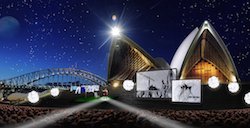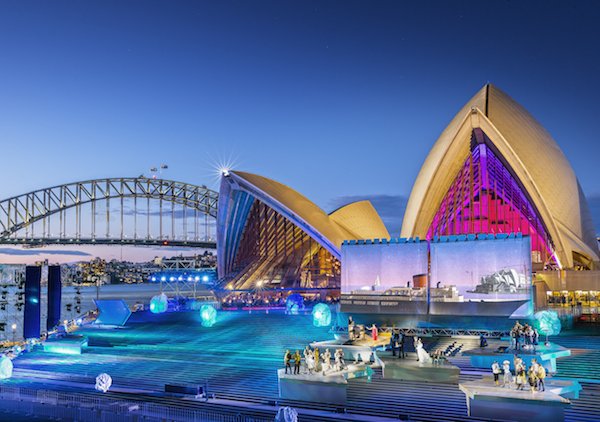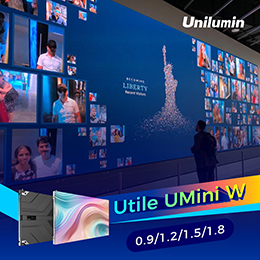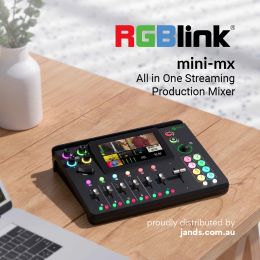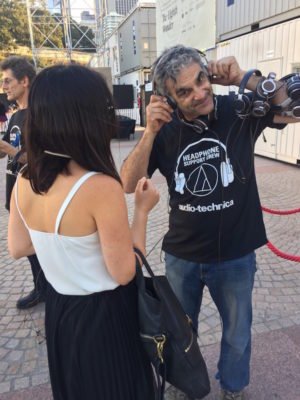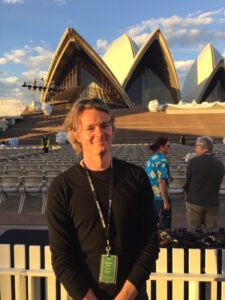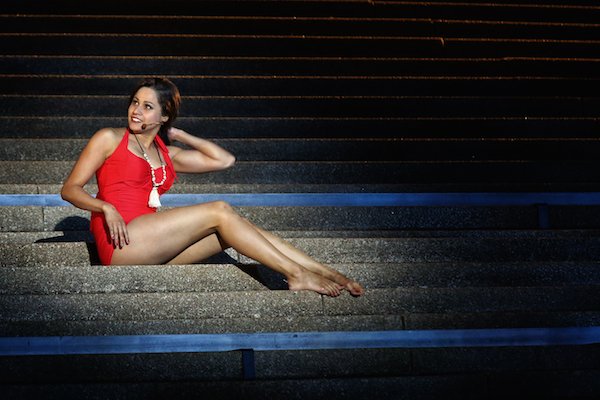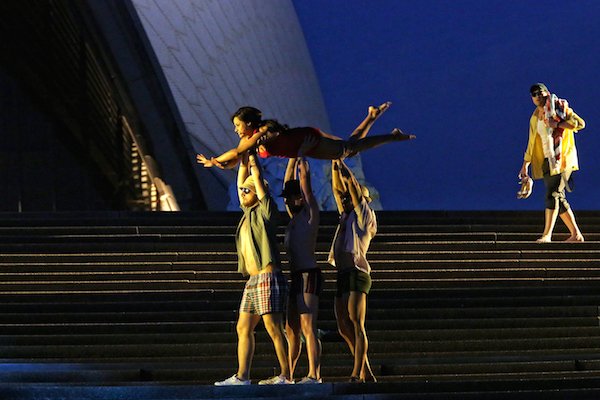Subscribe to CX E-News
By Julius Grafton
Sydney Opera House has an expansive forecourt with views to die for and a glorious sea breeze, utterly perfect for concerts. Of which there have been many, but as a result of crazy noise laws, these have been recently problematic. These laws have scaled up from zero in the glorious seventies to nutty in the nanny twenteens.
In a nutshell, a powerful, angry, old and shouty AM radio broadcaster lives in a penthouse slightly south west of the site. The prevailing nor-easterly wind will almost always blow any amplified anything into his pad, and as the story goes he loses his bundle and hits speed dial to the Premier to complain.
Whether or not this is actually true, the development consent for concerts on the forecourt make for very tough travelling. To alleviate this virtually every show there has faced the stage to the north-east, with sound pointing away from these nearest residences. Many recent measures have been implemented since the complaints around the Tame Impala concert a year ago.
When The Australian Opera considered reviving their 1995 work ‘The Eighth Wonder’, originally staged indoors, the creative vision was to do it on the actual stairs, with the eighth wonder itself as the backdrop. The vision was wonderful since the work is all about the design and building of The Sydney Opera House!
At concept meetings the issue came to a head when Opera sound designer Tony David Cray declared that he would need eight towers across the back of the stairs, directly in front of the famous sails of the Opera House to get the wide coverage. It plainly was not going to happen, until he said almost whimsically ‘we would have to do it all with headphones’!
Headphones!
“The inception of the ‘silent opera’ came about 8months ago when we were all discussing the goals of the project”, Tony told CX.
“Set Design, lighting, staging and audience engagement all had significant hurdles due to the immense breadth of the opera house steps. As the music was composed recently, it lends itself to a modern treatment, just like a film sound track, so we considered how these factors could be addressed. removing the traditional FOH PA system and placing the audience on headphones was the leading solution.”
“In discussions with Adrian Riddell from (audio supply company) Norwest, this presented little challenge due to their vast experience of multiple Olympic ceremonies where the performers wear FM receivers as Foldback. Based on Norwest’s view that this would be possible for a high profile audience experience we begun investigating headphone solutions.”
“Audio-Technica with TAG (Technical Audio Group) came on board to provide the wonderfully suitable RE700’s which allow for a rich enveloping soundscape, capable of the rigours of a huge operatic score.”
“The added benefit of the headphones is that the Audience is immersed in the performance and somewhat shielded from the sounds and impact of Circular Quay.”
CX can confirm it was a pleasant experience. While initially odd, the stage manager informed the audience through a small PA to place their headphones, then a ‘this is left’, and ‘this is right’ message ran so that the orientation was correct.
From then on, the show sounded fairly natural.
Norwest were using two of their broadcast Waves transmitters in narrowband FM at 86.7 MHz – via a special commission license from the broadcast regulator, ACMA. They submitted an application through their frequency broker, supported by a letter from Opera Australia to obtain permission.
The 3,000 FM packs were specified by Norwest, Opera Australia bought them direct.
The stage on the forecourt stairs features signers and props. The orchestra is in the Opera House Studio, so 64 channels of orchestra, and 8 channels of chorus were run through the Opera House fibre system to FOH (mixed by Tony David Cray) and monitors, (mixed by John Watterson).
“Whilst all the audio technology involved in this production has garnered interest, its the singers and musicians that are the ones that made this work”, Tony said.
“They have been transported from a traditional scenario into a foreign environment and continue to perform at the top of their game They have made it look seamless. When I go up on to stage and hear the dribbles of stage holdback coming through the wedges, and listen in on their IEM’s I am astounded that they able to perform, let alone perform as well as they do.”
At several points in the show I removed the headphones and heard a quiet score through the monitors and the resoundingly powerful voices of the opera singers. The whiner’s in the adjacent penthouses had little to worry about, but they struck a few days later with newspaper reports that they have complained to UNESCO – of all institutions – because the world heritage listing of the Opera House was at risk.
But the show goes on.
“Technology is great, but pure artistry is what we all want to see”, concluded Tony David Cray.
Subscribe
Published monthly since 1991, our famous AV industry magazine is free for download or pay for print. Subscribers also receive CX News, our free weekly email with the latest industry news and jobs.


